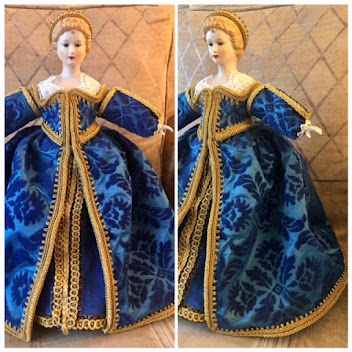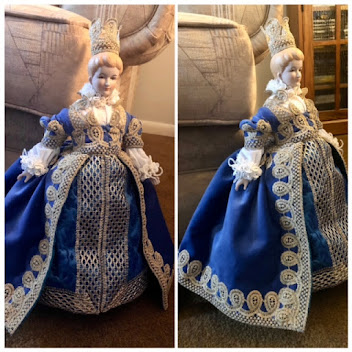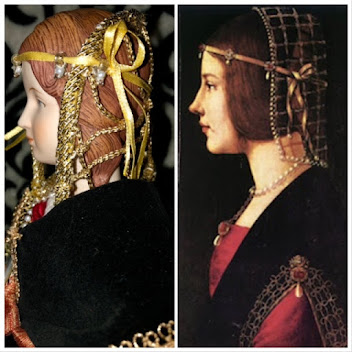I am debating if I should hand carve the faces then paint them. Alternatively should I use clay over top sculpt and paint them. Red oak is hard wood to carve although it can be done. I will have to weigh my options. Also have to figure out arms for this; traditional leather or wire.
I appreciate all my friends, especially those who feed the need for further knowledge. This just makes me want to make some awesome dolls.
As far as the Bartholomew Fair, it was one of London's pre-eminent summer Charter fairs. A charter for the fair was granted to Rahere by Henry Ito fund the Priory of St Bartholomew; and from 1133 to 1855 it took place each year on 24 August within the precincts of the Priory at West Smithfield, outside Aldersgate of the City of London.[1] The fair continued, after the Dissolution within the Liberty of the parish of St Bartholomew-the-Great. (Wikipedia)
Turns out, The site of Bartholomew Fair was the south-east side of Smithfield roundabout and was originally a cloth fair. Originally chartered as a three-day event, it would last a full two weeks in the 17th century; but in 1691, it was shortened to only four days.[1] With a change in the calendar, the fair commenced on 3 September from 1753.[2] A trading event for cloth and other goods as well as a pleasure fair, the event drew crowds from all classes of English society.[3][4] (Wikipedia)
It was customary for the Lord Mayor of London to open the fair on St Bartholomew's Eve. The Mayor would stop at Newgate Prison to accept a cup of sack (fortified white wine) from the governor.[1][2] The Merchant Taylors Guild processed to Cloth Fair to test the measures for cloth, using their standard silver yard, until 1854. The annual fair grew to become the chief cloth sale in the kingdom.[2] (Wikipedia)
By 1641, the fair had achieved international importance. It had outgrown the former location along Cloth Fair, and around the Priory graveyard to now cover four parishes: Christ Church, Great and Little St Bartholomew’s and St Sepulchre’s. The fair featured sideshows, prize-fighters, musicians, wire-walkers, acrobats, puppets, freaks and wild animals.[2] (Wikipedia)
The fair was suppressed in 1855 by the City authorities for encouraging debauchery and public disorder.[2][5] The Newgate Calendarhad denounced the fair as a "school of vice which has initiated more youth into the habits of villainy than Newgate itself."[6] (Wikipedia)
In conclusion, the cloth fair that became famous in high summer. Happen to have dolls dressed of high quality, that they became well known too. Although the reputation became negative regarding other behavior and the dolls meaning changed with the reputation. No doubt those dolls, whether for wealthy or poor child, were beautiful to their owners. So we shall make some beautiful dolls.
Squee,
Marrin






No comments:
Post a Comment